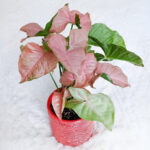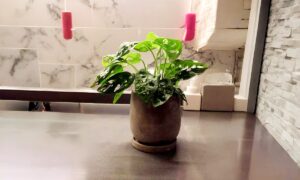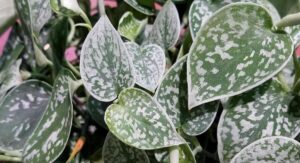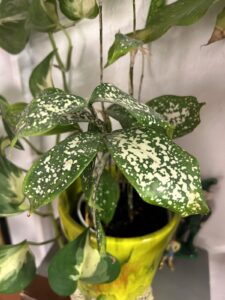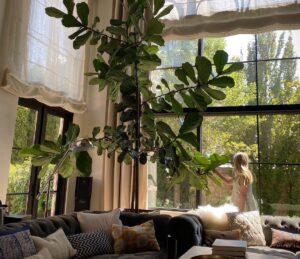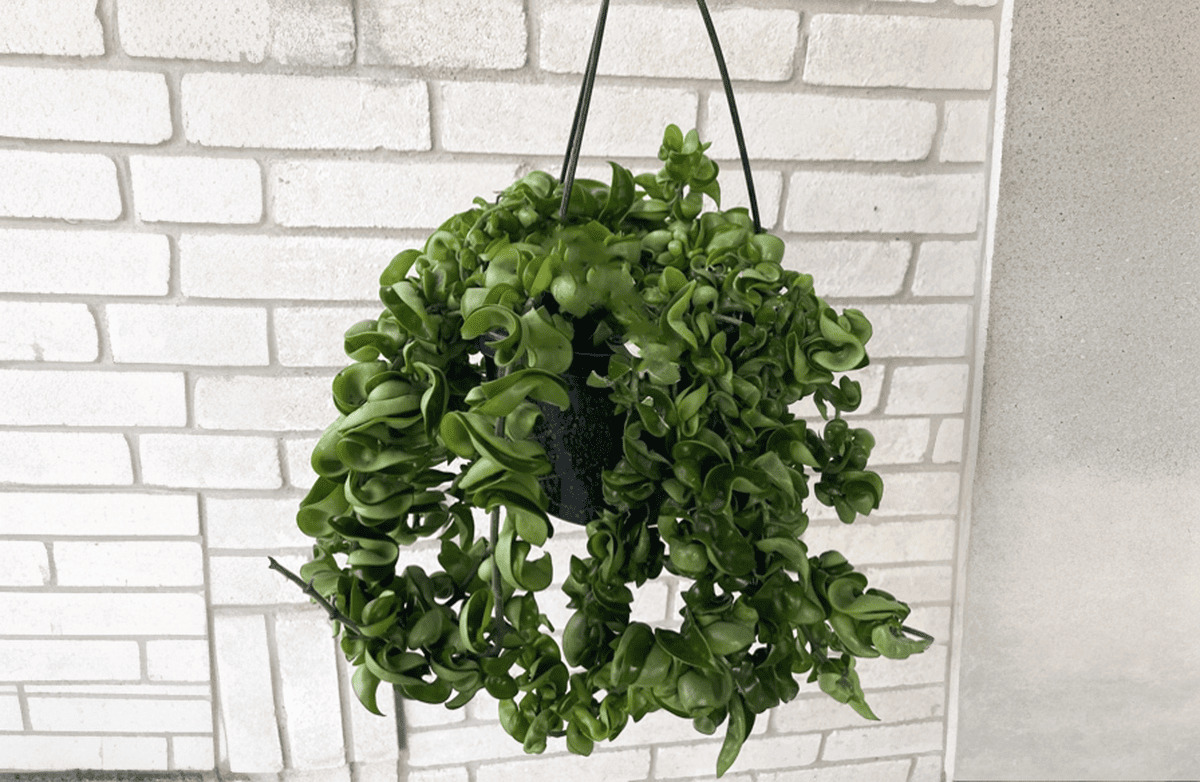
Say hello to the Hoya Carnosa ‘Compacta’ or the “Hindu Rope,” a unique and captivating addition to any plant collection. Hoya carnosa ‘Compacta’ Also known as “Hindu Rope,” this plant is a cultivar of Hoya carnosa and belongs to the Apocynaceae family. Its twisted, waxy leaves make it highly distinctive.
In this article
Why will I love it?
The Hoya Compacta will win you over with its mesmerizing, twisted foliage that resembles a rope, giving it the nickname “Hindu Rope.” Its thick, waxy leaves are not only fascinating to look at but also drought-tolerant, making it a perfect plant for those who might occasionally forget to water. When it blooms, you’ll be treated to clusters of fragrant, star-shaped flowers that add an extra touch of beauty.
Light or shade?
This plant thrives best in bright, indirect light, which encourages it to bloom and maintain its vibrant foliage. While it can tolerate lower light levels, you might miss out on its stunning flowers. A spot near a window with filtered sunlight is ideal.
Where should I put it?
The Hoya Compacta is perfect for hanging baskets, allowing its intriguing vines to cascade beautifully. It can also be placed on shelves or windowsills, where its unique form can be appreciated up close. Just ensure it’s in a well-lit area to keep it happy.
How do I keep it alive?
Hoya flowering for the first time!
byu/angry_baberly inIndoorGarden
Caring for your Hoya Compacta is quite straightforward. Allow the soil to dry out between waterings, as it prefers a well-draining mix and is susceptible to root rot if overwatered. During the growing season, from spring to summer, you can feed it with a balanced, water-soluble fertilizer every 4-6 weeks. It enjoys a warm environment, ideally between 18-24°C (65-75°F), and while it tolerates average humidity, a slightly more humid setting can encourage flowering.
Did you know?
The Hoya Compacta is native to East Asia and Australia, where it grows as an epiphyte in the wild. Its flowers are not only beautiful but also produce a sweet fragrance, especially in the evening. However, be cautious, as its sap can be irritating to the skin and is toxic if ingested, so keep it out of reach of curious pets and children.
The Hoya Compacta isn’t just a plant; it’s a living work of art that brings both charm and elegance to any indoor space.
